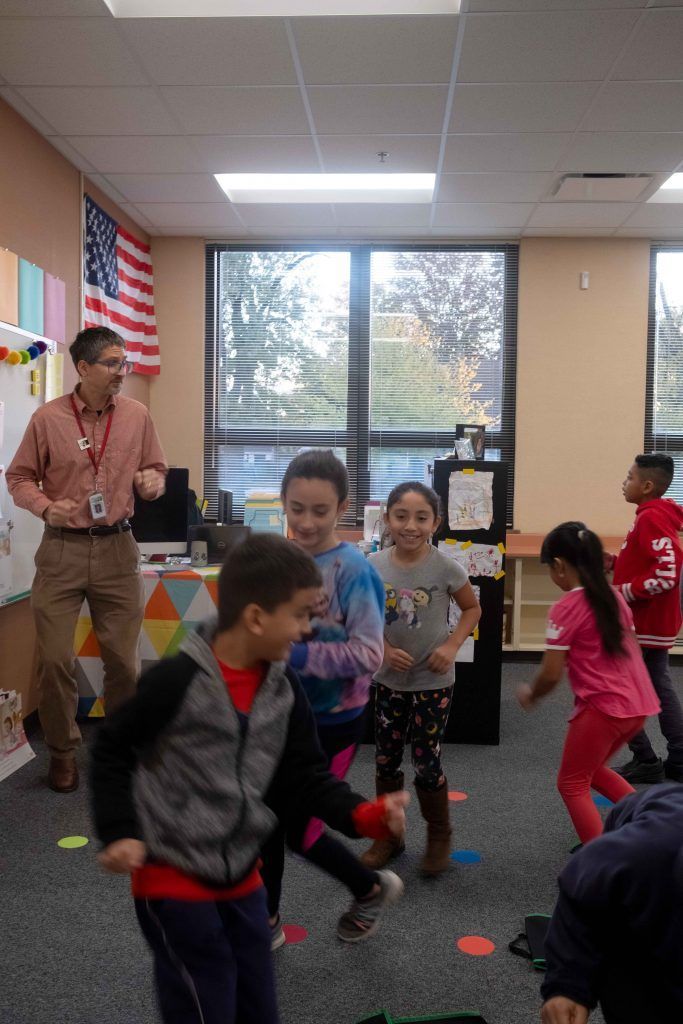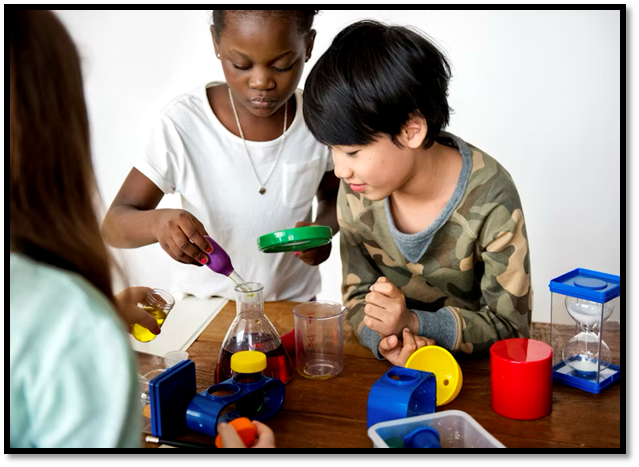With increasing pressure for educators and schools to raise test scores and graduation rates over the last decade or more, students’ physical activity at school is being reduced, and in some areas eliminated, by cutbacks to recess and physical education classes. One professor pointed out, “Our labor laws really have some pretty strict guidelines about what employers must provide for employees and break time is one of those things and I think about that as a parallel to little people and you know, there’s no protections.” Shouldn’t our little learners be given some time to move around, too?
For some students, recess or physical education class may be the only significant physical activity they participate in each day. Not only do these physically active periods get kids up and moving, but they allow children to socialize, work together in teams or groups, and promote development and overall well-being.
Research has proven that there are many benefits of exercise for everyone at any age. Exercise increases circulation, improving the flow of oxygen-rich blood around your body and promoting cell growth, giving you renewed energy and helping you to stay focused. We learned how beneficial growing new brain cells and creating new neural pathways can be for promoting language and literacy development.

Exercise can help with everything from improving memory to getting a better night’s sleep. Researchers have found that regular aerobic exercise increases the size of the hippocampus and prefrontal cortex, the areas of the brain involved with memory, thinking and learning. Many studies, including one that looked at the effects of aerobic exercise on overweight children , have also found that students’ test scores improved greatly with exercise. That makes perfect sense—with exercise, students’ brains are growing, they are learning more, and they are performing better in school!
Exercise also relieves stress by increasing endorphins to make you feel good, clearing your mind, and helping you relax. The more relaxed you are, the more comfortable and self-confident you may feel participating in a group.
Back in the spring, Jodie Shell told us why moving and learning go together. She explained how many school-aged children have an underdeveloped vestibular (balance) system due to lack of physical movement, which in turn affects their ability to stay focused in the classroom.
The developers of GrapeSEED recognized the importance of exercise and movement in learning, incorporating James Asher’s Total Physical Response , a method of teaching language using physical movement to react to verbal input, through action activities in the GrapeSEED program.

More exercise for young learners means more learning and the opportunity for better health and a better life.
Has recess or physical education class been cut or reduced at your school or in your district? Take our quick poll.





